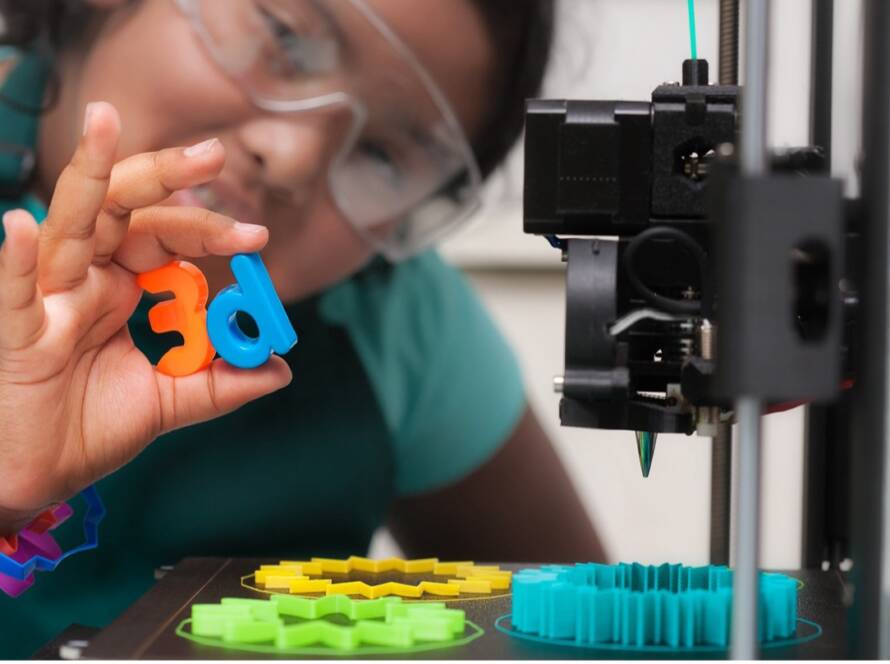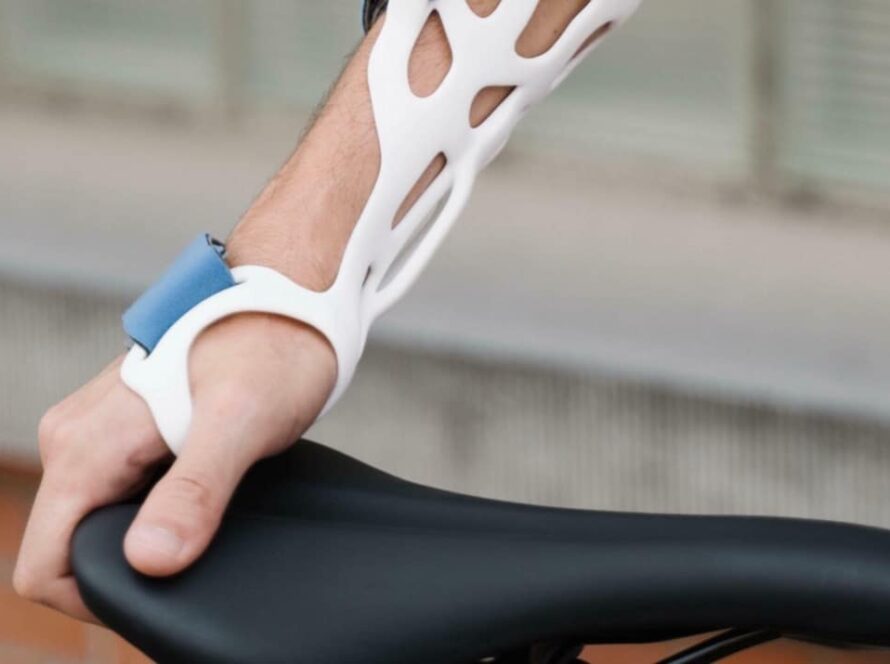
3D printers are revolutionary tools that transform digital designs into tangible objects, and at the heart of this transformation are filaments. These thermoplastic materials, each with its unique characteristics, directly impact the final quality, durability, and aesthetics of your projects. Whether it’s a simple prototype or a functional part, choosing the right filament is key to your 3D printing experience. In this blog post, we’ll take a closer look at the most commonly used filament types in FDM 3D printers, detailing their advantages, disadvantages, and ideal applications.
Types of Filaments Used in 3D Printers: A Comprehensive Guide
FDM (Fused Deposition Modeling) type 3D printers utilize a technology where objects are created by melting and layering thermoplastics. The filaments used in these printers are typically made from thermoplastic materials, and each filament has its unique properties, durability, and application areas. FDM printers are compatible with a wide range of filaments, but each filament requires specific settings and careful attention during the printing process. In this blog post, we’ll examine the common types of filaments used in FDM printers and discuss which projects they are suitable for.
1. PLA (Polylactic Acid)
PLA is a biodegradable thermoplastic material and one of the most commonly used filaments in FDM printers. It’s derived from renewable resources like corn starch, making it an environmentally friendly option.
- Applications: It’s generally used for prototyping, decorative objects, and general 3D printing tasks. It’s ideal for educational prints and hobby projects.
- Advantages: Easy to print, requires low printing temperatures, and doesn’t emit unpleasant odors. Additionally, PLA comes in a wide variety of color options.
- Disadvantages: Its durability and heat resistance are lower compared to other filaments, making it unsuitable for mechanical parts or outdoor use.
2. ABS (Acrylonitrile Butadiene Styrene)
ABS is a plastic known for its durability and flexibility. It’s widely used in products like automotive parts, toys, and consumer electronics.
- Applications: Preferred for mechanical parts, durable prototypes, and outdoor applications.
- Advantages: Offers high durability, flexibility, and heat resistance. It can be sanded for finishing and its surface can be smoothed with acetone.
- Disadvantages: Requires high printing temperatures and may emit unpleasant odors during printing. Also, issues like warping and cracking can occur during printing, so a heated print bed and an enclosed printing area are recommended.
3. PETG (Polyethylene Terephthalate Glycol)
PETG is a flexible and durable filament type that offers a balance between PLA and ABS. PETG belongs to the PET plastic family, commonly used in transparent products, but with the addition of glycol, it becomes a more flexible and impact-resistant version.
- Applications: Used for transparent or semi-transparent products, durable prototypes, mechanical parts, and products suitable for food contact.
- Advantages: Easy to print, durable, and flexible. It’s also resistant to water and chemicals.
- Dezavantajları: Requires proper settings to ensure good first-layer adhesion and may experience warping issues. However, it has fewer post-print odor problems compared to ABS.
4. TPU (Thermoplastic Polyurethane)
TPU is a flexible, rubber-like material. You can find a wide range of TPU colors and types in our store (store.marmofficial.com). It’s known for its high flexibility and durability, making it an ideal filament for producing flexible objects.
- Applications: Suitable for phone cases, flexible hinges, shoe soles, and flexible prototypes.
- Advantages: Flexible and durable, ideal for producing impact-resistant prints.
- Disadvantages: Printing speed is slower compared to other filaments, and it requires attention to ensure smooth filament feeding during printing.
5. Nylon (Polyamide)
Nylon is an extremely durable, flexible, and abrasion-resistant filament. It’s widely preferred for producing mechanical parts and products to be used in challenging environments. You can visit our store for Nylon filament varieties at store.marmofficial.com.
- Applications: Used for gears, hinges, durable prototypes, and technical parts.
- Advantages: Shows high flexibility, durability, and chemical resistance. It’s resistant to wear and friction.
- Disadvantages: As a moisture-absorbing material, it needs to be kept dry. Additionally, it requires advanced printing environments due to the need for high printing temperatures.
6. HIPS (High Impact Polystyrene)
HIPS is a filament often used in conjunction with ABS. It’s typically used as a support material and can be easily dissolved in a solvent called limonene.
- Applications: Used as a support material in complex models, and can also be used for durable prototypes.
- Advantages: Works well as a support material and dissolves easily in limonene. Performs well with ABS.
- Disadvantages: Requires high temperatures for printing and can be prone to warping, similar to ABS.
7. PVA (Polyvinyl Alcohol)
PVA is a water-soluble filament type and is commonly used as a support material in complex models. PVA is a support material that can be used independently of the main filament.
- Applications: Primarily used as a support material when printing complex models, especially with dual-extruder printers.
- Advantages: Dissolves in water, making it easy to remove support structures, which is advantageous for models with complex geometries.
- Disadvantages: PVA can degrade quickly in humid environments, so it should be stored in a dry place. It’s also relatively expensive.
8. Carbon Fiber Reinforced Filaments
Carbon fiber reinforced filaments are generally used to produce stiffer and more durable models. These filaments consist of PLA, ABS, or Nylon infused with carbon fiber particles.
- Applications: Used to produce durable, lightweight, and rigid parts. Especially preferred in the aerospace and automotive industries.
- Advantages: Offers high stiffness, lightness, and durability.
- Disadvantages: The carbon fibers within the filament can wear down the printer’s nozzle, so using a durable nozzle is recommended.



